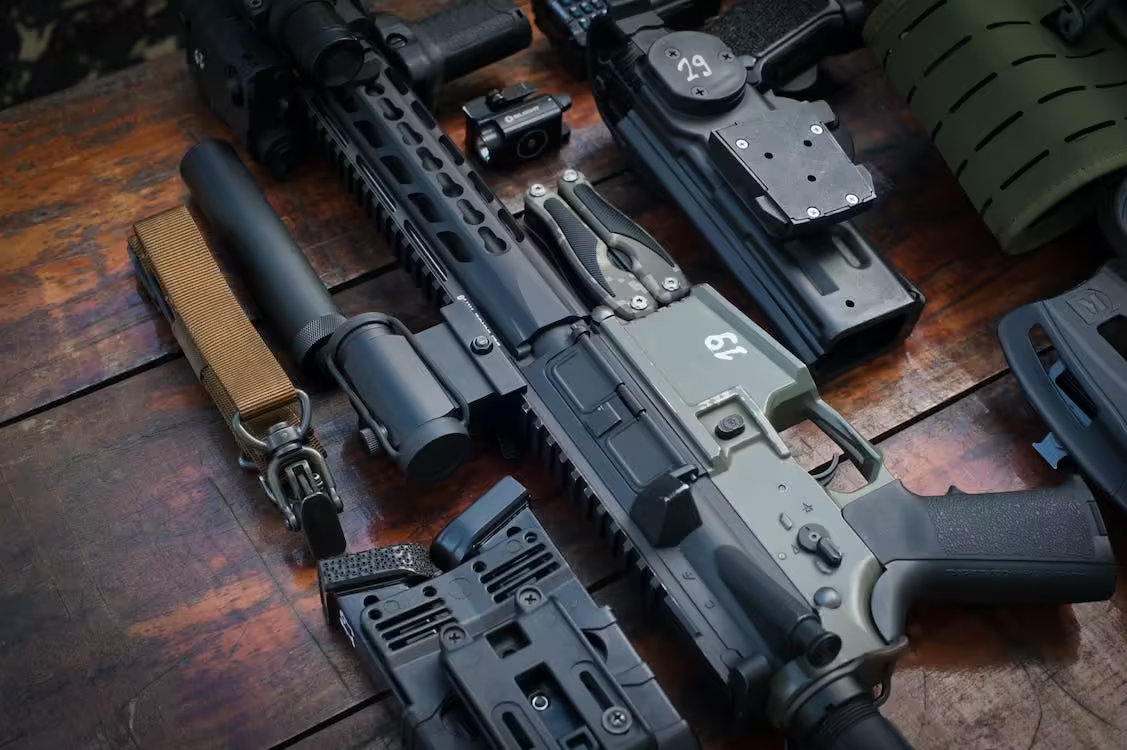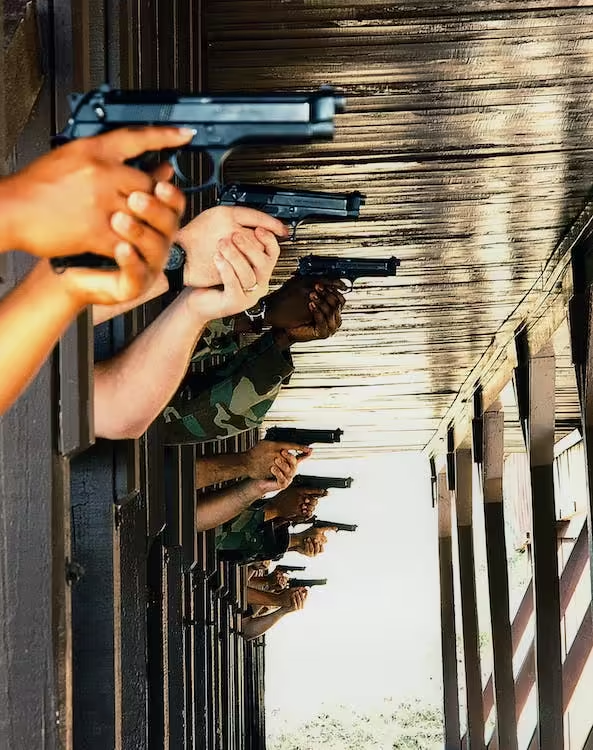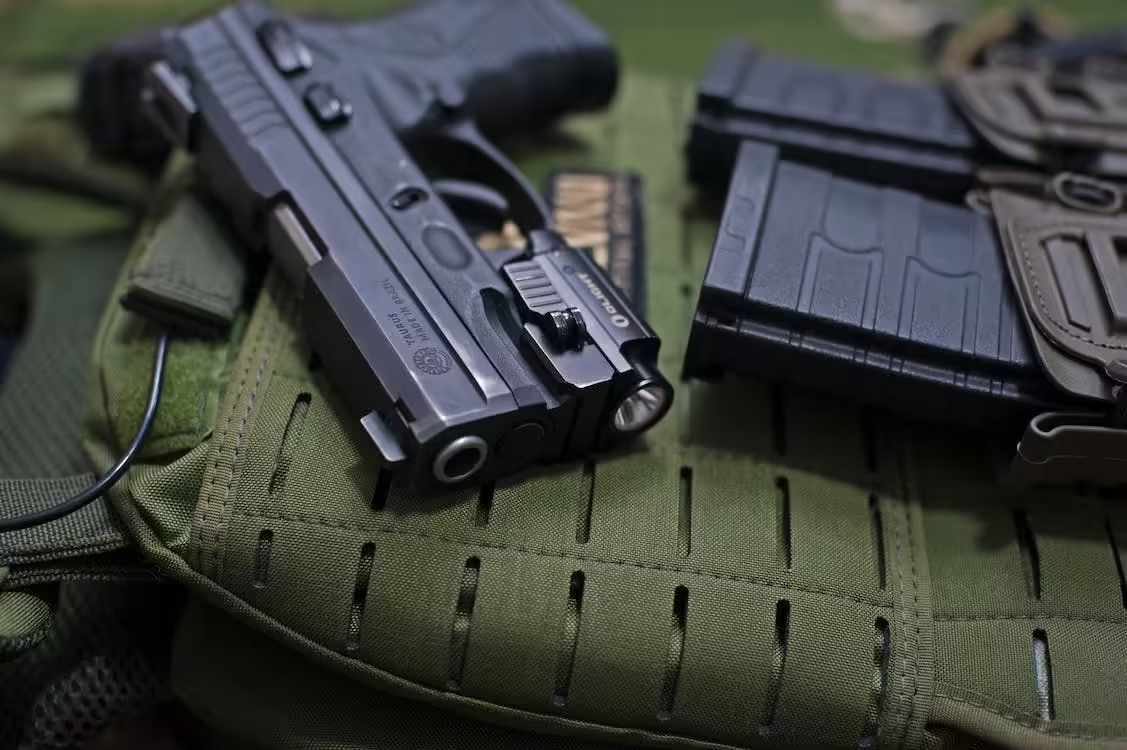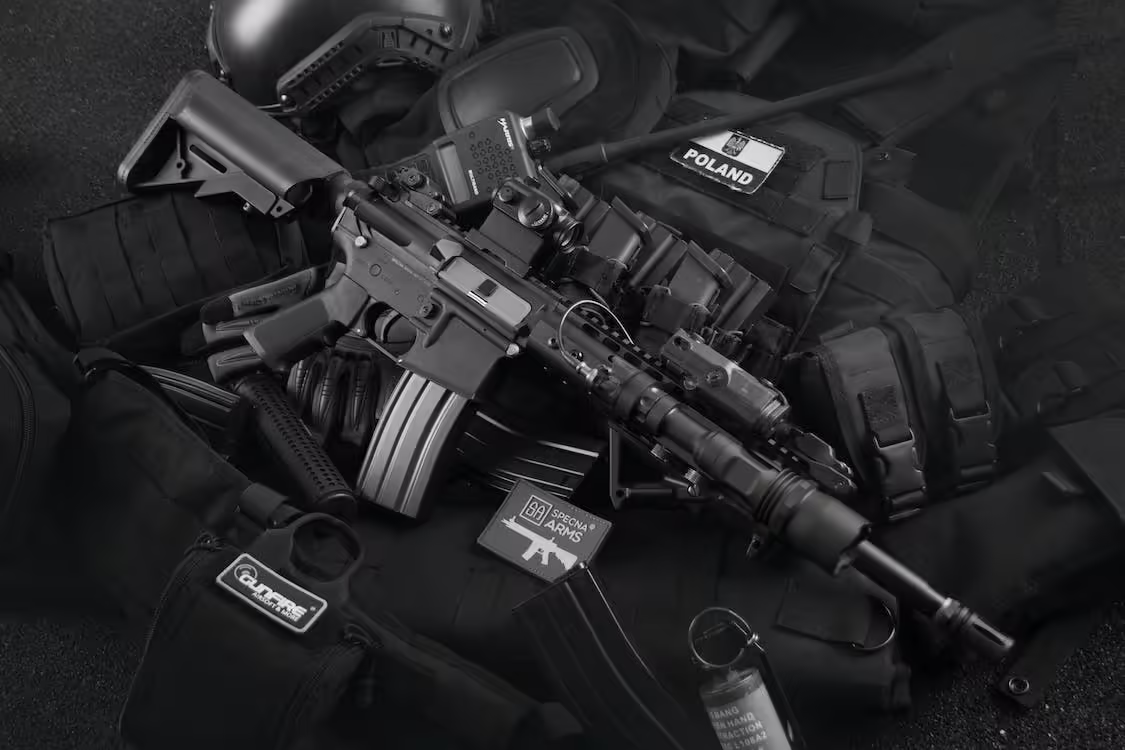Navigating Threats with Precision and Confidence
Tactical self defense is a comprehensive approach to personal safety that goes beyond traditional techniques, emphasizing strategic preparedness and situational awareness. Whether navigating urban environments or facing potential threats, adopting a tactical mindset can empower individuals to respond effectively. Here's an exploration of key aspects of tactical self defense:
- Situational Awareness: The foundation of tactical self defense is heightened situational awareness. Being conscious of your surroundings allows you to identify potential threats and respond proactively.
- Risk Assessment: Conduct a personal risk assessment by considering your daily routines, travel routes, and common environments. Identify areas or situations that may pose security challenges.
- Basic Self Defense Techniques: Learn fundamental self defense techniques that focus on disabling an assailant and creating an opportunity to escape. These may include strikes to vulnerable areas, escapes from holds, and basic grappling.
- Evasive Maneuvers: Tactical self defense emphasizes the importance of evading threats whenever possible. Knowing how to quickly assess and escape from potentially dangerous situations is a critical skill.
- Improvised Weapons: Explore the concept of using everyday objects as improvised weapons. Tactical self defense training often includes understanding how to leverage common items for protection in emergency situations.
- Hand-to-Hand Combat Skills: While avoiding physical confrontation is ideal, having basic hand-to-hand combat skills can be essential. Training in martial arts or self defense systems provides valuable tools for close-quarters situations.
- Concealed Carry and Legal Considerations: For those in regions where legal, tactical self defense may involve obtaining a concealed carry permit and training. Understanding the legal implications and responsibilities associated with carrying a concealed weapon is crucial.
- Strategic Retreat: Tactical self defense emphasizes the importance of strategic retreat when facing overwhelming odds. Knowing when to disengage and seek help is a key component of personal safety.
- Defensive Mindset: Develop a defensive mindset that prioritizes avoiding confrontation but being prepared to defend yourself if necessary. This mental preparedness can enhance your ability to respond calmly under stress.
- Continual Training: Regularly practice and update your self defense skills. Attend workshops, classes, or training sessions to stay sharp and adapt to evolving threats.
- Digital and Cybersecurity: In the modern age, tactical self defense extends to digital and cybersecurity. Be aware of online threats, practice secure online behaviors, and protect personal information.
- Community Awareness: Extend your tactical mindset to the community by promoting awareness and sharing knowledge with others. A community that values personal safety contributes to a safer environment for everyone.
Tactical self defense is about empowering individuals with the skills, mindset, and strategies to navigate the complexities of personal safety. By combining physical techniques with strategic thinking, individuals can enhance their ability to protect themselves and others in various situations. Remember, the goal is to be prepared, aware, and, whenever possible, avoid situations that may compromise personal safety.







